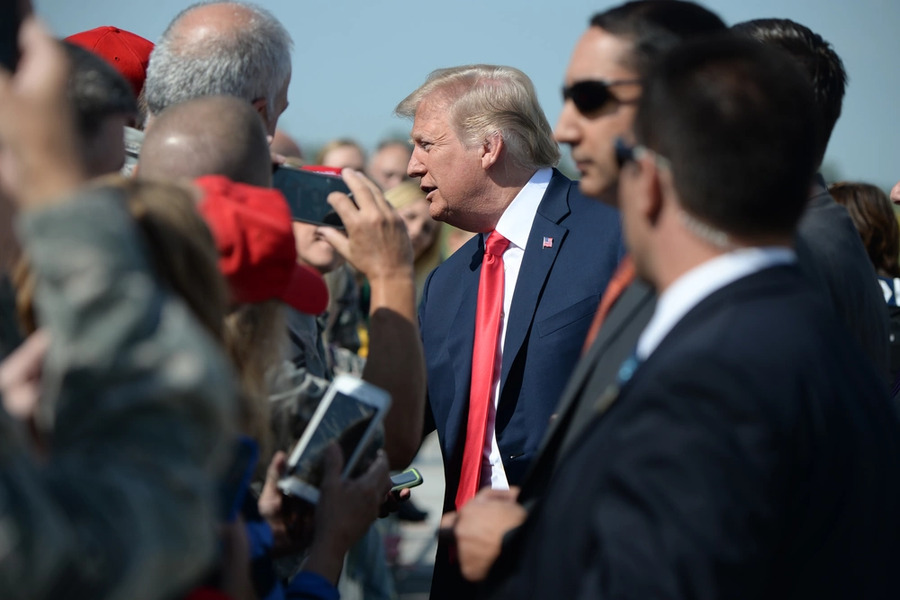Leak Investigations in the Digital Era
Paul makes a good point that digital technology and data analytics make it easier for the government to track journalists’ movements and ascertain the persons in government with whom they communicate. Charlie Savage makes the same point in his story yesterday on the leak investigations: “[I]t is easier today than in earlier eras to build a circumstantial case that a particular official t
Published by The Lawfare Institute
in Cooperation With

Paul makes a good point that digital technology and data analytics make it easier for the government to track journalists’ movements and ascertain the persons in government with whom they communicate. Charlie Savage makes the same point in his story yesterday on the leak investigations: “[I]t is easier today than in earlier eras to build a circumstantial case that a particular official talked to a reporter because modern communications technology — like e-mail — leaves trails.”
I doubt, however, that the high-level IC member Paul refers to is right to suggest that digital tools mean that there will “never again be a subpoena to a journalist for his/her notes.” The government is seeking to subpoena the NYT’s James Risen in the Sterling leak investigation, and it argued last month in CA4 that Risen should receive no reporter’s privilege. In the Sterling case the government can show through digital fingerprints that Sterling communicated with Risen. But the government still very much wants to subpoena Risen, and probably his notes, to demonstrate the illegal leak. The fact that the government is making an aggressive argument against the reporter’s privilege suggests that it thinks subpoenas of journalists are a vital tool in leak investigations.
The reason digital tools are not a substitute for information from journalists’ mouths or notes is that communication with a journalist by a government official is not illegal, and indeed happens all the time. Digital tools can help identify a list of possible suspects (which is not nothing), and can sometimes tie together meta-data to reach substantive conclusions or rule out particular defenses. But they cannot typically demonstrate illegal conduct (unless the leaker is dumb enough to disclose the classified information in an email or via a taped conversation). Moreover, stories like Sanger’s and Klaidman’s do not typically come from a single source who straightforwardly spills the relevant information. As Savage notes: “Several of the recent disclosures . . . resulted from deeply reported projects. Such articles tend to have diffuse sourcing, making it hard to isolate who first disclosed the essence of what later becomes an article.” Through diffuse sourcing, journalists pick up small tidbits of possibly but not necessarily classified information from many people over an extended period, and tie the information together in ways that induce other officials to disclose more tidbits of information, perhaps through winks or nods, all of which, taken together, can amount to a significant disclosure of classified information. Such diffuse sourcing can make it easy for any particular source to deny that she was the leaker (and, sometimes, to genuinely believe the denial). Indeed, the national security reporters I interviewed for my book told me that sourcing is sometimes so diffuse that the reporter cannot tell precisely “who” disclosed the secret. The reporter assembles and confirms the secret in so many fragmented pieces that he is sometimes not sure who, if anyone, clearly crossed the line. This means that a journalists’ mind and notes will not always reveal precisely who leaked classified information. But sometimes they will, and in any event the reporter’s mind and notes are often vital in leak investigations, and can disclose much relevant information not captured by digital tools. Which is why the Sterling litigation is so important.
Jack Goldsmith is the Learned Hand Professor at Harvard Law School, co-founder of Lawfare, and a Non-Resident Senior Fellow at the American Enterprise Institute. Before coming to Harvard, Professor Goldsmith served as Assistant Attorney General, Office of Legal Counsel from 2003-2004, and Special Counsel to the Department of Defense from 2002-2003.




-final.png?sfvrsn=b70826ae_3)
